The Land III 1972
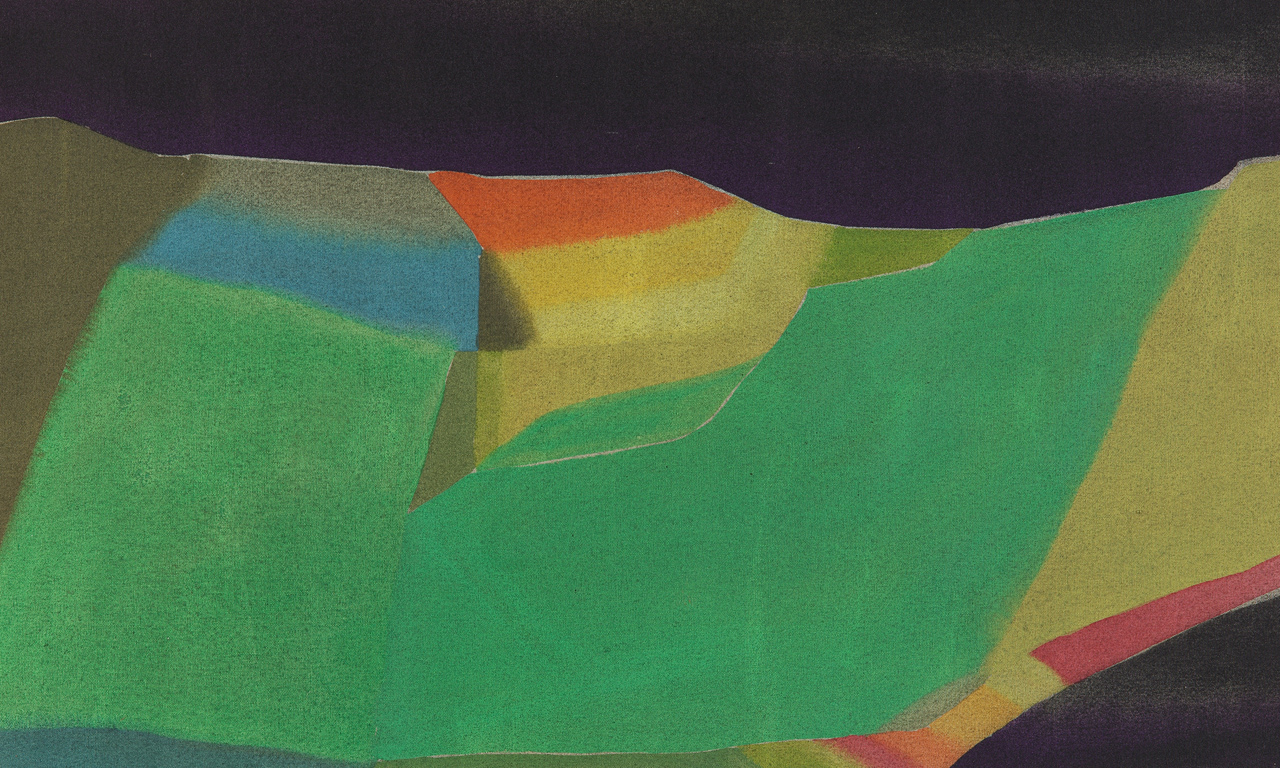
Takao Tanabe, The Land III, 1972
Acrylic on canvas, 78.7 x 88.9 cm
Vancouver Art Gallery
The Land III is one of the earliest of Tanabe’s canvases of a landscape—in this case, of the Pennsylvanian countryside. Like his earlier works on paper such as Waterview, 1965, it eschews detail. We see no buildings, trees, or roads, but rather massive landforms and broad patches of vibrant colour—green, yellow, blue, and orange—that delineate the land but are muted by a thin wash of black paint that gives unity to the whole composition. The black of the sky is deep and only barely modulated in the upper right. The horizon line is crisply delineated but less so than in Tanabe’s earlier hard-edged abstractions, like Kitselas, 1970.
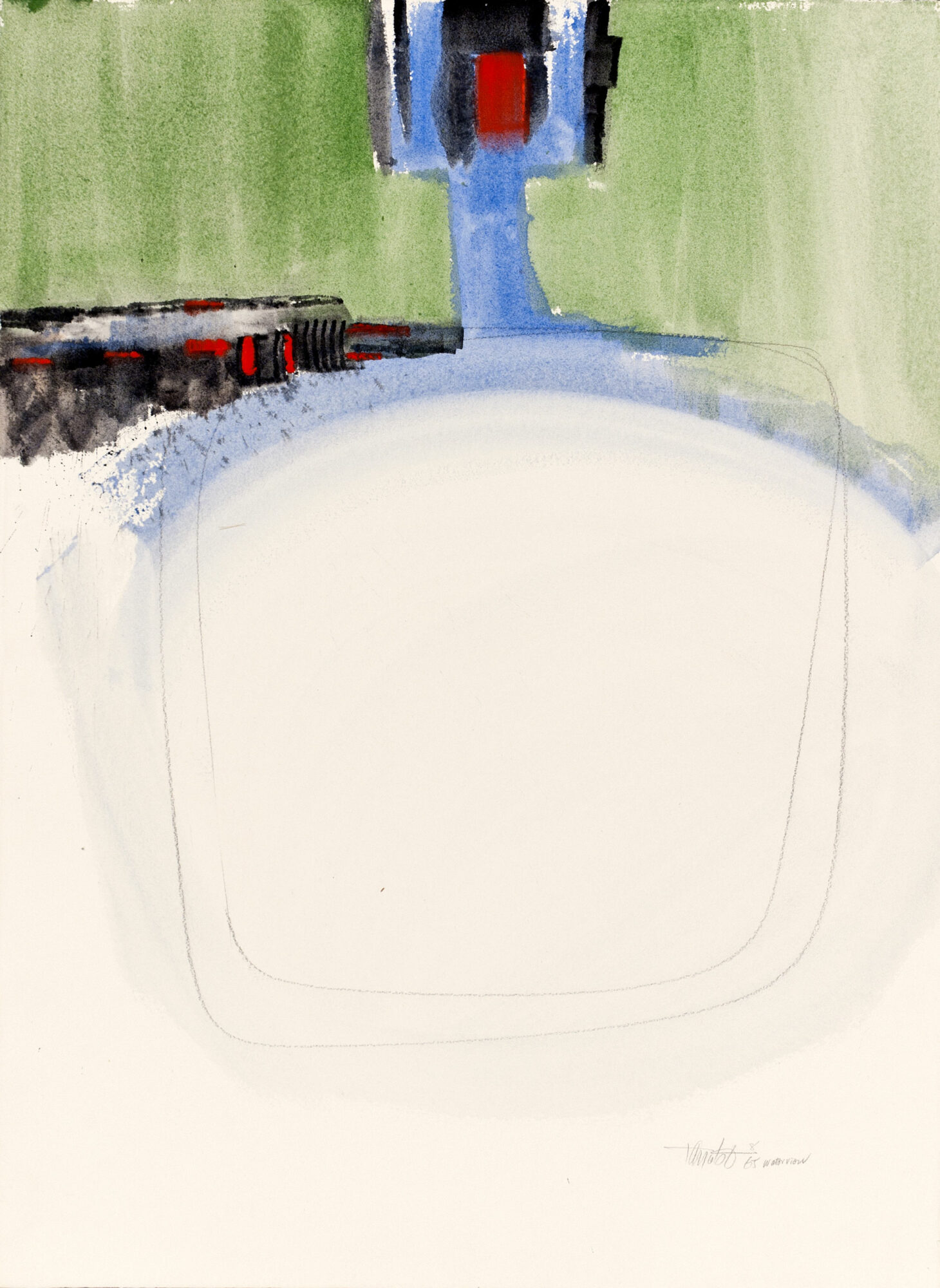
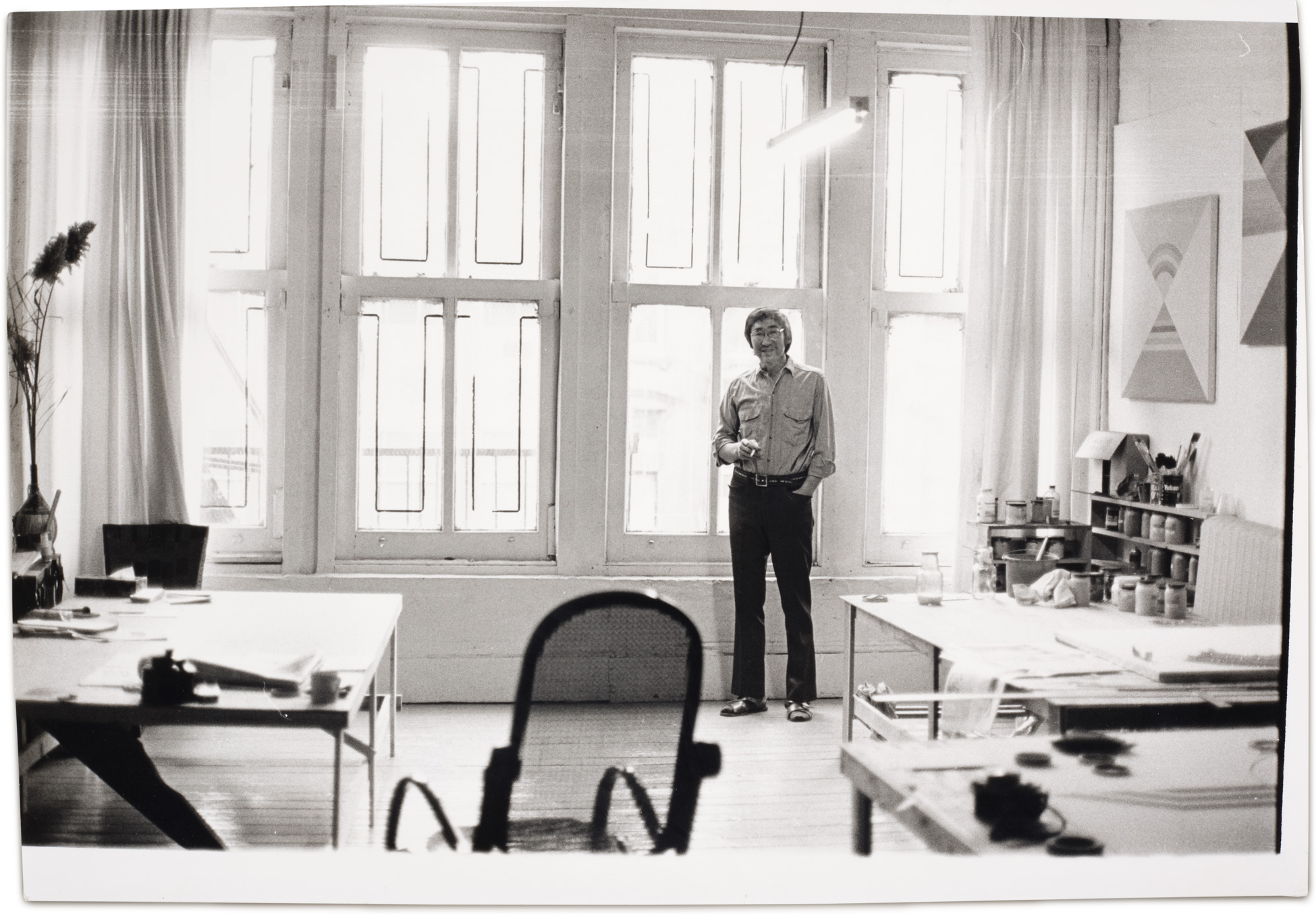
What is equally striking about this work is the lack of brushwork. The colour appears to meld with the canvas, but this is not a stained painting, as in the manner of American artist Helen Frankenthaler (1928–2011). Tanabe has carefully primed his surface and thinned his paints so that there is little sense of the artist’s touch. This is a deliberate strategy on Tanabe’s part. As he explained: “The idea is to be as anonymous as possible as an artist.” This approach was to become the hallmark of his future landscape work. The image is there, apparently having magically appeared on its own. This sense of lightness and transience is what Tanabe was seeking, and he achieves it. The mark of Tanabe’s genius is that the image has a resonance and power that is both profound and lasting.
In 1968, Tanabe and his wife, Patricia Anne White (1925–2017), left Vancouver for the eastern United States. White had enrolled in graduate studies at Bryn Mawr College in Pennsylvania. Tanabe initially lived in Philadelphia, but soon moved to New York where he got a studio space. At this time, although he had previously painted landscapes in Europe in the 1950s, Tanabe was focused on his abstract paintings, many of which were hard-edged. Tanabe often travelled to Bryn Mawr from New York to visit White, and he became interested in the topography of the region.
He began to do landscape studies on paper in the early 1970s, as with Mirror Image, 1971, and Landscape Study #4, 1972, which also suggest a sky and horizon. As Tanabe has noted: “I began deliberately trying my hand at various ways I might approach the landscape. Most of the works are high-colour and abstracted, but very definitely it is the landscape that is at the core of the works. Then, when I did decide to move into the landscape as subject, there are a number of paper works that are much related to the first landscape paintings I did in 1972.”
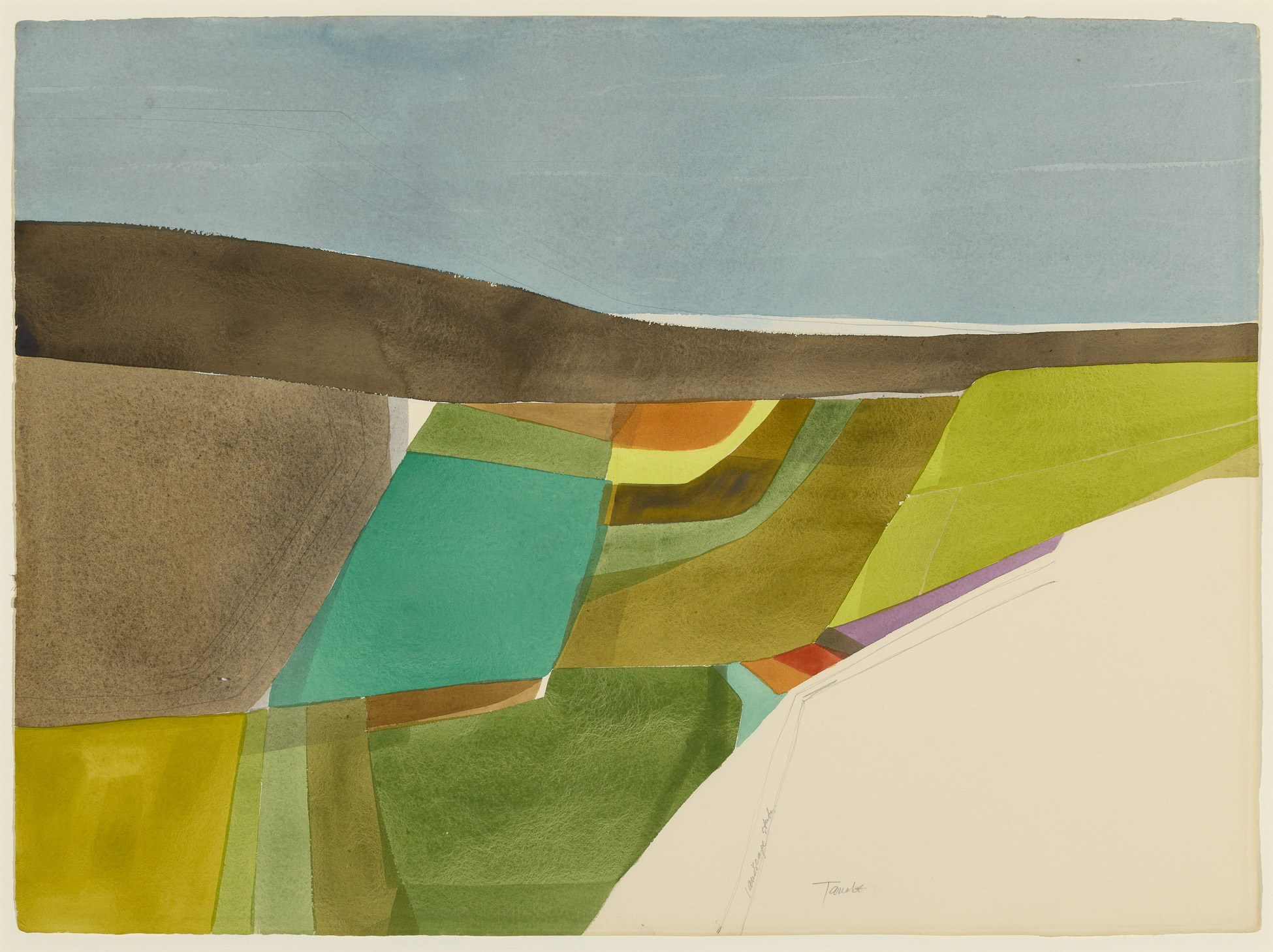
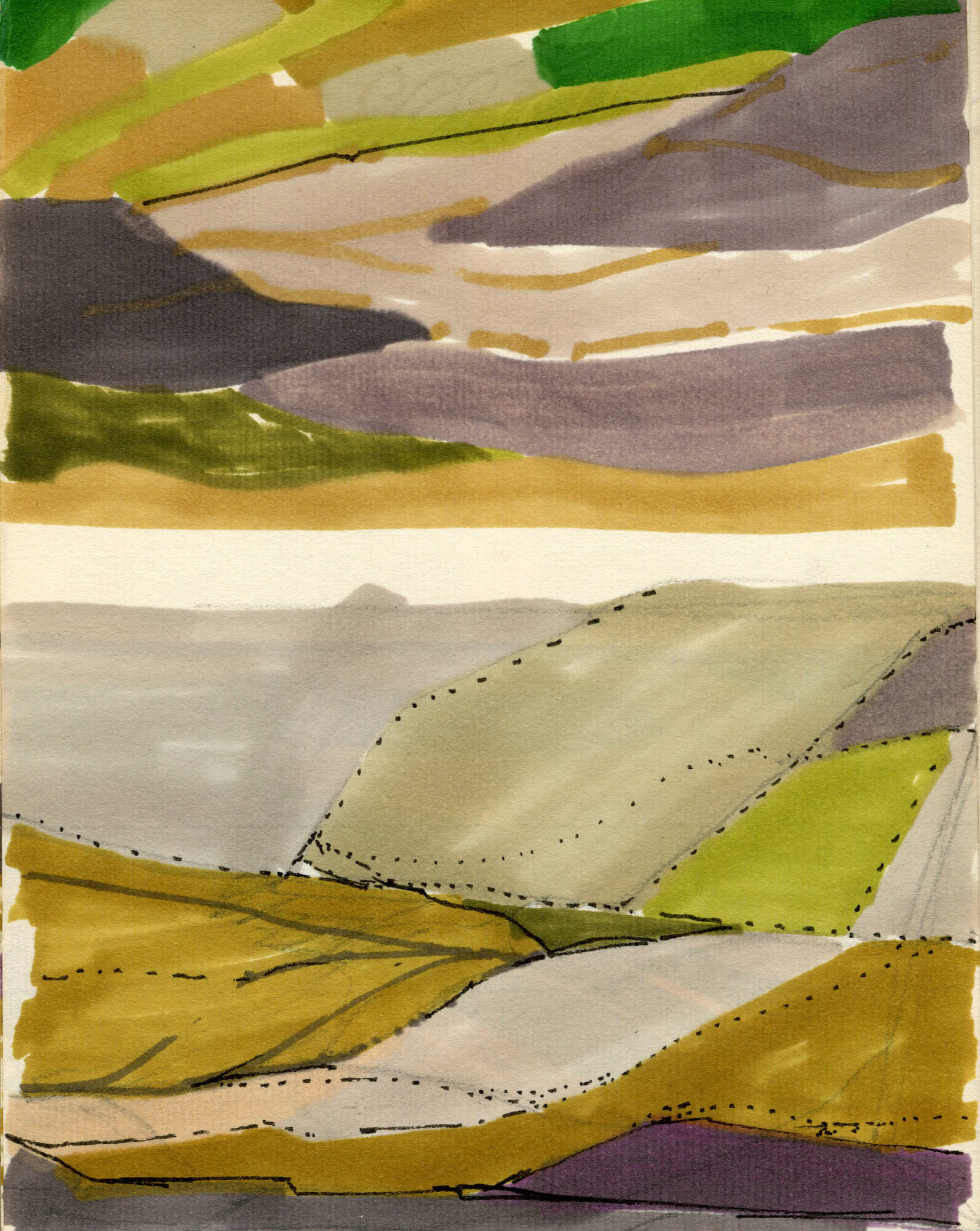
Tanabe has explained why these works—despite their accomplishment—are lesser known and rarely exhibited: “The reason I did not show the paper works may be that I always wanted to show the oil or acrylic paintings on canvas that I was doing. They were the hard and important works I thought.”
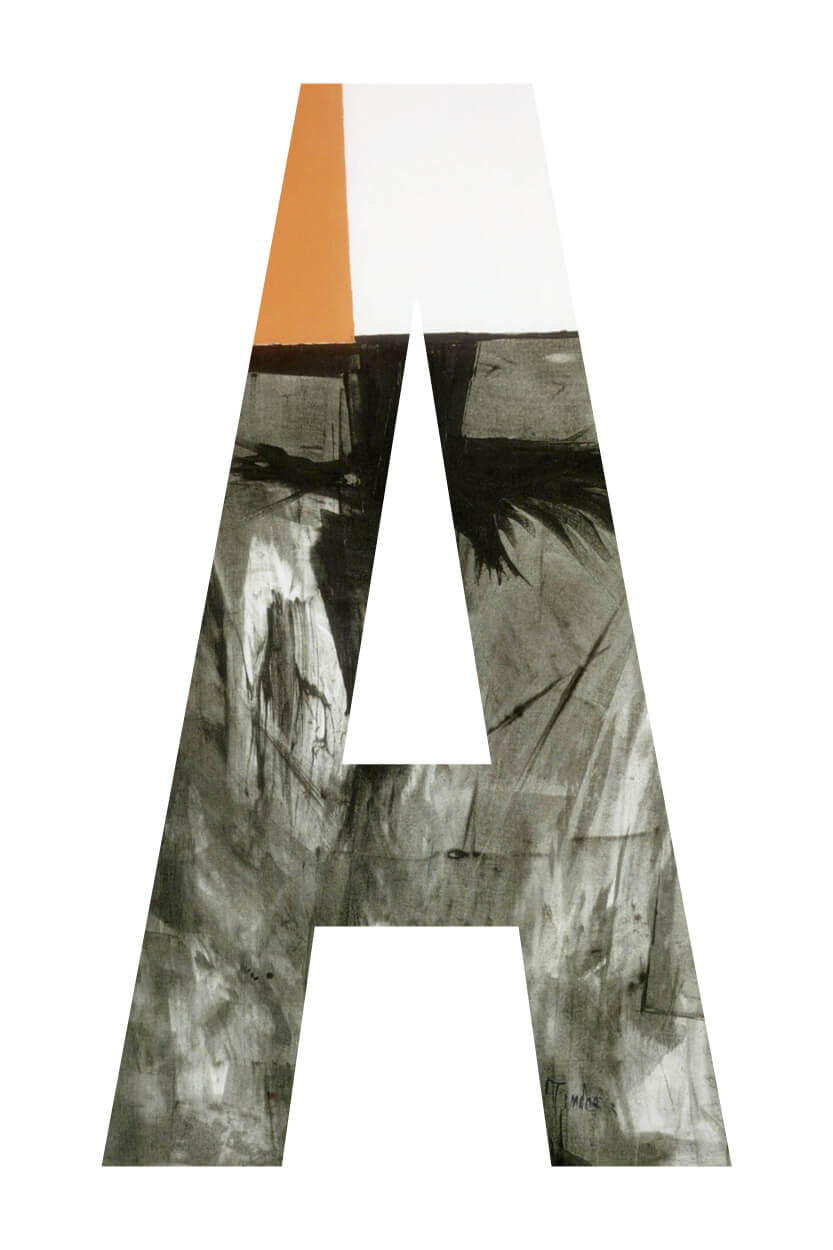
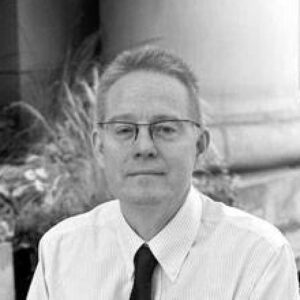 About the Author
About the Author
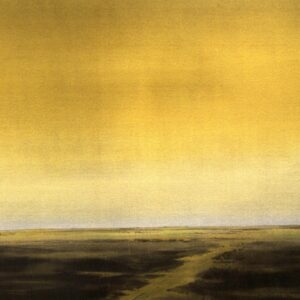 More Online Art Books
More Online Art Books
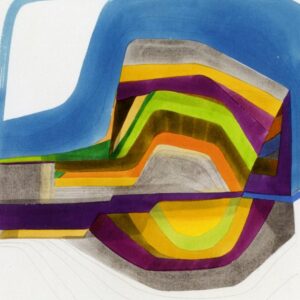 Acknowledgements
Acknowledgements